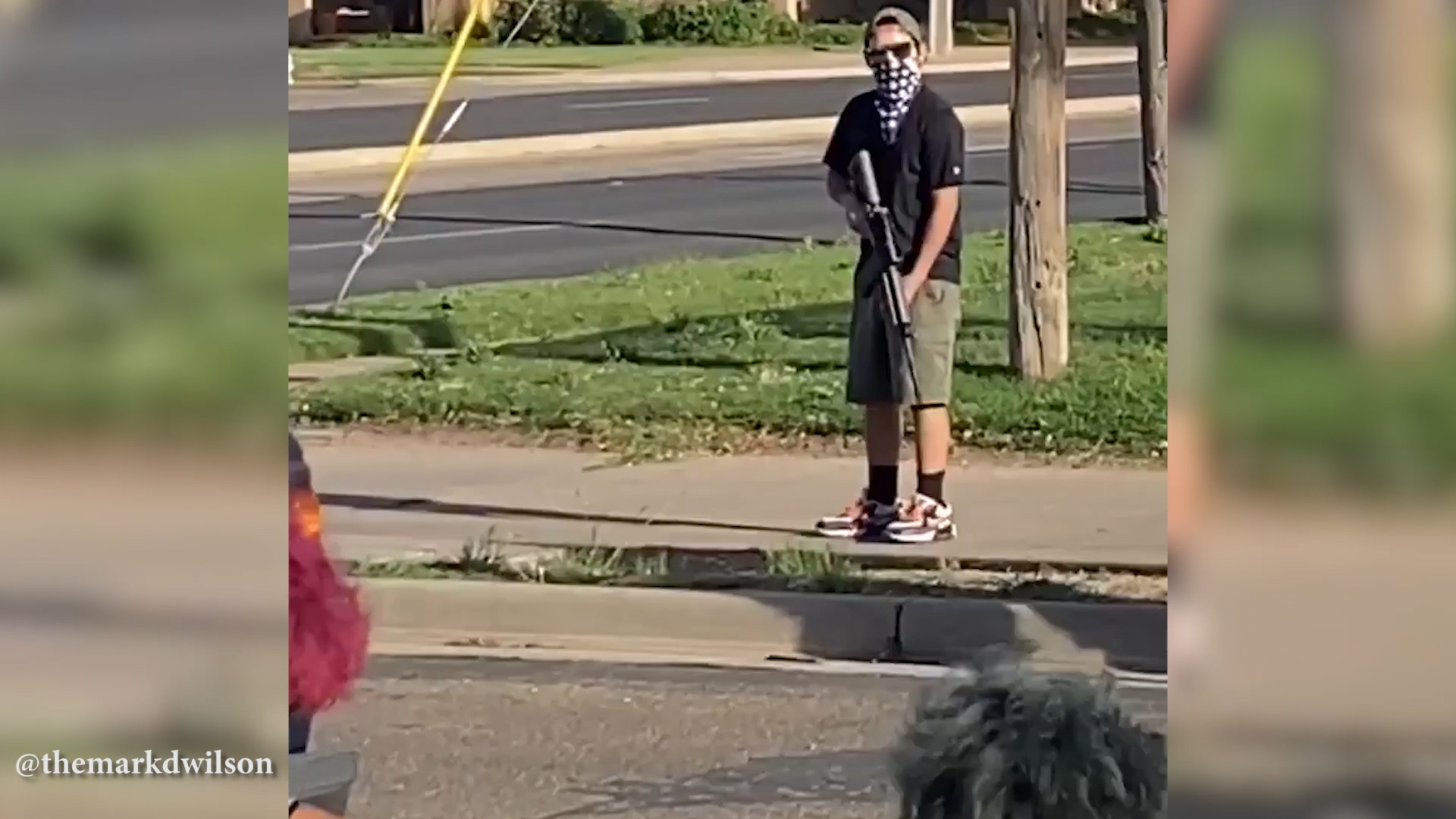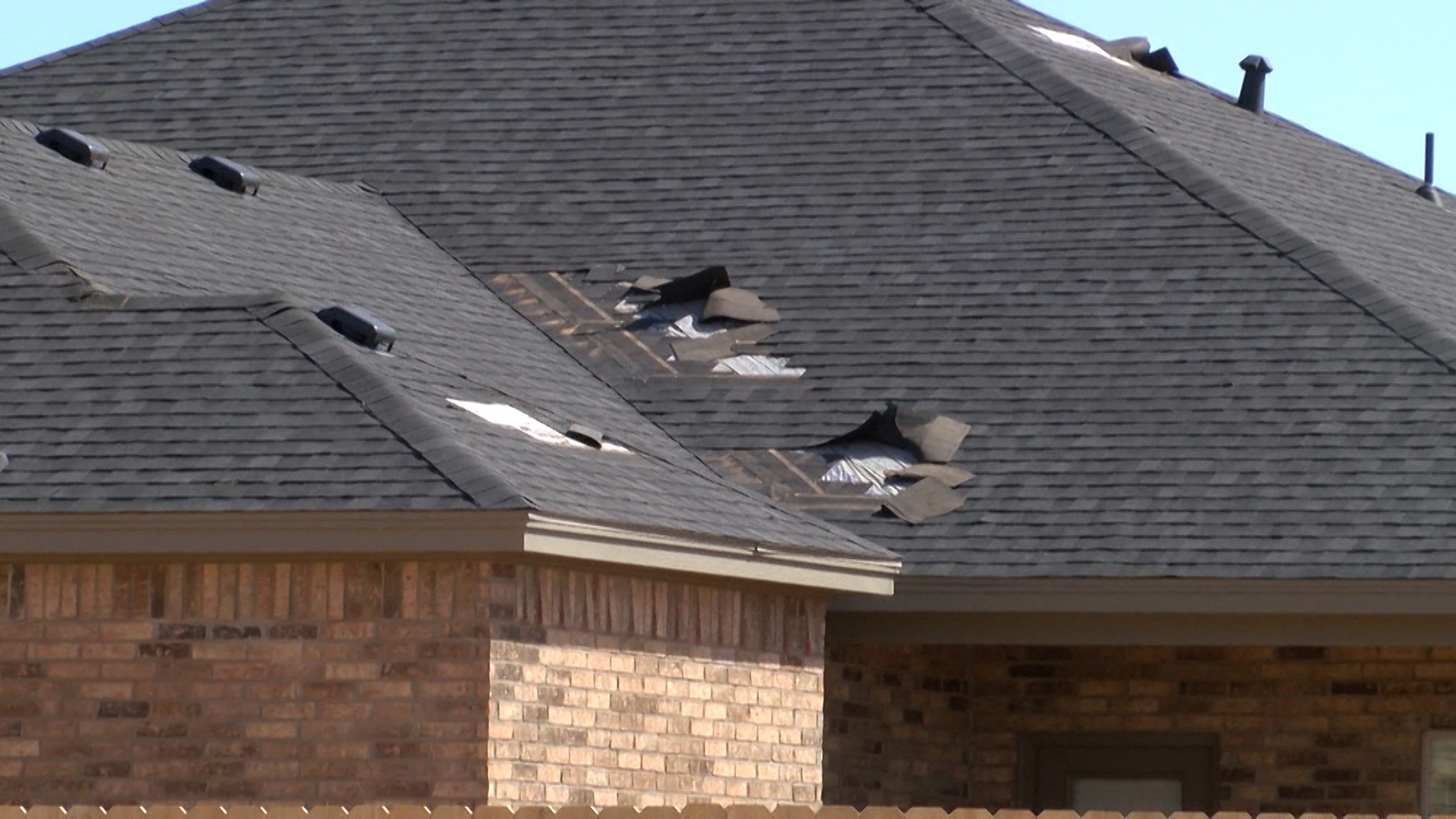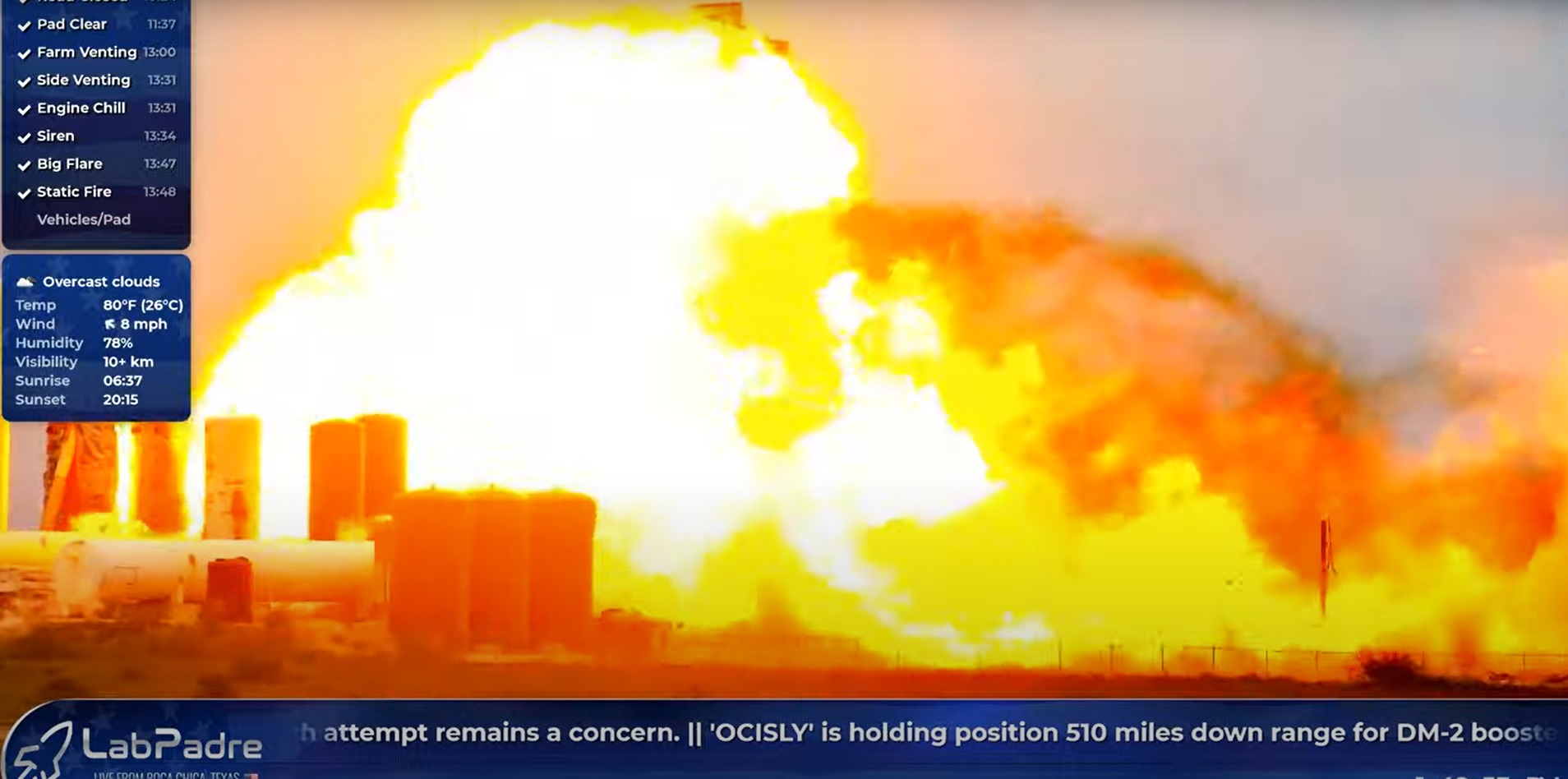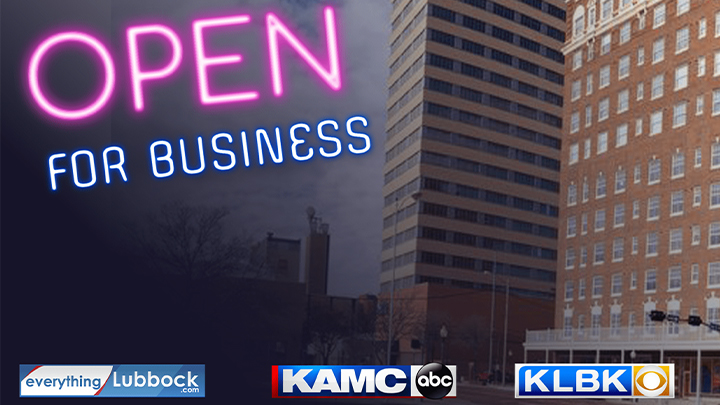EL PASO, Texas (Border Report) — Wait times at the international bridges between El Paso and Juarez, Mexico are nearly back to normal levels after several months of bottlenecks that hurt businesses on the U.S. side of the border.
The delays originated in April when U.S. Customs and Border Protection reassigned dozens of officers — who normally processed vehicles and people at the bridges — to migrant processing centers. Now that migrant levels from Central America and other countries have decreased due to Mexico’s immigration enforcement at the Mexico-Guatemala border, those officers have returned to their posts.
“All the locally deployed CBP officers have returned to their normal duties at area ports. This is providing us more flexibility in opening lanes,” said Roger Maier, spokesman for CBP in El Paso.
Officials in Juarez, who warned that bridge delays of two hours or more for vehicles and up to an hour at times for pedestrians were hindering commerce and interaction between the two cities, concur that wait times are down substantially. They said they have observed an average of seven vehicle inspection lanes open at the international bridges since late last month, compared to four to five before that.

“This has improved things substantially, providing relief for those who shop, work or have business on the other side of the border,” said Juan Acereto, a representative for Juarez Mayor Armando Cabada in El Paso. “We and the City of El Paso have been working with CBP to provide an adequate number of agents at the bridges during peak traffic hours. We, in Juarez, also have committed to maintaining order on our side of the bridges” so that CBP doesn’t have to reassign agents to security contingencies.
Last month, CBP closed the Paso del Norte Bridge due to reports of a large number of families gathering at the foot of the international crossing, on the Mexican side. Weeks earlier, CBP had closed the same bridge after some 200 Cubans and Salvadorans threatened to force their way into the U.S.
The return to normalcy, however, could be fleeting, some officials warned on Monday. That’s because the Texas Department of Transportation later this month plans to close the Juarez exit ramps on Interstate 10 for nine months for repairs. Those ramps lead to another busy international crossing, the Bridge of the Americas.
“This is going to create problems for the people who return to Juarez in the afternoon. This will force people off the Bridge of the Americas, which is free, and into El Paso’s (southbound) pay bridges,” Acereto said. He added he’s concerned about bottlenecks on the U.S. side and an added expense for Mexicans who drive back and forth to work in El Paso.
Right now, southbound pay bridges like Stanton and Zaragoza are barely recovering from losses incurred by the lengthy wait times that kept many Mexicans away and forced El Pasoans to reduce their trips to Mexico.
When Mexicans stay away, El Paso pays
A few weeks ago, El Paso City Manager Tommy Gonzalez briefed the news media on the impact of bridge wait times in the city’s economy: $705,939 in the second quarter of 2019.
The losses directly correlate to the reassignment of CBP officers to migrant processing facilities. In April, the average number of cars paying tolls to drive to Mexico plummeted from 10,124 to less than 7,000. But since the second week of August, when CBP officers started to return to their posts and kept more international bridge lanes open, the average daily number of passenger vehicles has shot back up to 9,615.
“When the (officers) were redeployed that’s when vehicle crossings dropped substantially — by a third overnight. We have since recovered and we’re almost back to the normal levels prior to April, but we’re not there yet,” said David Coronado, director of the City of El Paso’s International Bridge Department. “Now those figures are starting to stabilize as wait times continue to decline but, without a doubt, we’ve seen a huge decline. Hopefully, there will not be any more events impacting the way people move between both cities.”
















